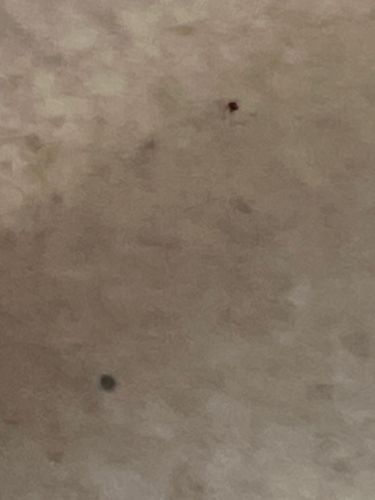Ant
Scientific Name: Formicidae
Order & Family: Hymenoptera, Formicidae
Size: Typically 2 to 20 mm, though some species can be larger.

Natural Habitat
Widely diverse; terrestrial, found in almost all land habitats, including forests, deserts, urban environments, and even some aquatic-adjacent areas. Nests can be underground, in wood, or in mounds.
Diet & Feeding
Highly varied depending on the species; omnivorous, carnivorous, or herbivorous. Diets can include nectar, seeds, fungi, other insects, and dead organic matter. Many species forage for food and return it to the colony.
Behavior Patterns
Highly social insects living in colonies ranging from a few dozen to millions. Exhibit complex social structures with a queen, workers, and sometimes soldiers. Communicate using pheromones and touch. Engaged in foraging, nest building, defense, and caring for young.
Risks & Benefits
Risks: Some species can bite or sting, causing pain, allergic reactions, or secondary infections. Can be considered pests when they invade homes or gardens, contaminating food or damaging structures. Benefits: Play crucial ecological roles as decomposers, aerators of soil, seed dispersers, and predators of other insects, thus contributing to pest control. Research on ant colonies also provides insights into complex systems and robotics.
Identified on: 10/22/2025